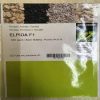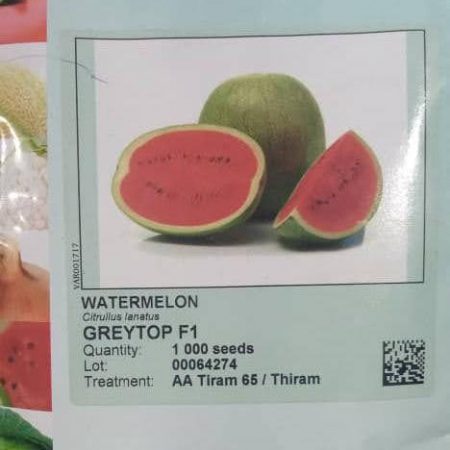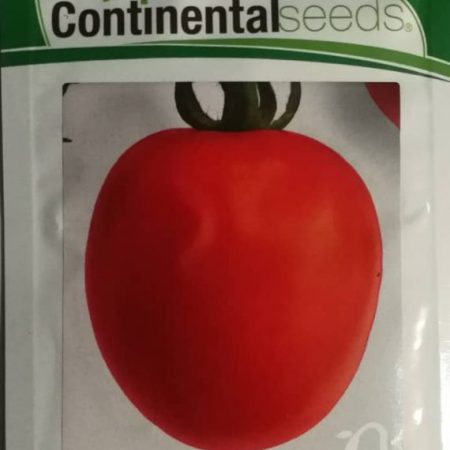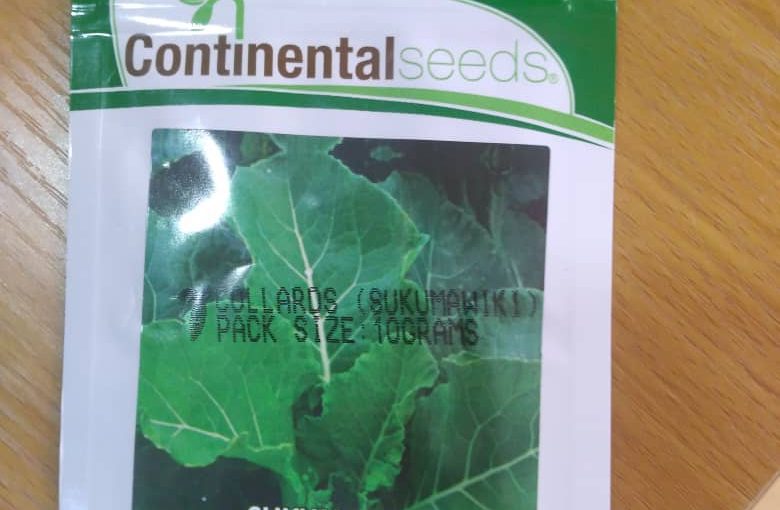Collards Seeds (Sukuma Wiki)
₦6,000.00
33 people are viewing this product right now
🔥 7 items sold in last 3 hours
collard seeds (Sukuma Wiki) are cultivated for their edible, thick, slightly bitter leaves. The leaves are harvested before they reach their maximum size since they are thicker and require a different cooking method than the young leaves.
Buy more save more!
Buy from 5 to ∞ items and get 5% OFF
on each productCommercial cultivation of Collards Seeds (Sukuma Wiki) is done for their edible, thick, slightly bitter leaves. Collards Seeds (Sukuma Wiki) are offered all year long, but the colder months following the first frost are when they are sweeter and more nourishing. The leaves are harvested before they reach their maximum size since they are thicker and require a different cooking method than the young leaves. The flavor is unaffected by age. The cultivar also affects taste and texture; in Brazil and Portugal, the couve manteiga and couve tronchuda are particularly prized.
Pests
Ectoparasites that can harm collard include the awl nematode Dolichodorus spp. and the sting nematode Belonolaimus gracilis. Stubby or coarse roots with dark tips are examples of root symptoms. Stunted development is one of the signs of a shoot, premature chlorosis, and wilting. Belonolaimus longicaudatus, a different species of sting worm, is a pest of collards in Georgia and North Carolina.
B. longicaudatus kills transplants and seedlings. On plants that are vulnerable, as few as three nematodes per 100g of soil after transplanting can result in considerable yield losses. Their prevalence is highest in sandy soils.
The taproot tips of collards are where the stubby root nematodes Trichodorus and Paratrichodorus connect and feed. A “stubby root” is the result of an injury that limits correct root elongation, which causes tight mats that may appear bloated.
Collards are infested by a number of species of the root-knot nematode Meloidogyne spp. These include M. arenaria, M. javanica, and M. incognita. Juveniles in their second stage attack the plant and settle in the roots. Although, Compared to other cruciferous plants, infection appears to occur in lower populations. Deformation (galls) and damage, which obstruct proper water and nutrient intake, are examples of root symptoms. This may eventually cause the shoots to stunt, wilt, and develop chlorosis.
Frequently Asked Questions (FAQs) About Commercial Collard Seed (Sukuma Wiki) Cultivation
General Cultivation:
- What are the benefits of commercially cultivating collard seeds?
- How does the taste of collard change throughout the growing season?
- What is the ideal harvest time for collard leaves for commercial production?
- Do different cultivars of collard seeds offer varying taste or texture?
Pests and Diseases:
- What are the most common types of nematodes that harm collard plants?
- What are the symptoms of nematode infestation in collard plants?
- How do different types of nematodes affect collard growth (e.g., Belonolaimus longicaudatus vs. Trichodorus)?
- In which soil types are nematodes most prevalent for collard crops?
- Are there any preventative measures to avoid nematode infestations in collard fields?
- How do root-knot nematodes (Meloidogyne spp.) damage collard plants?
Only logged in customers who have purchased this product may leave a review.
Related products
₦75,000.00


₦68,000.00












Reviews
There are no reviews yet.